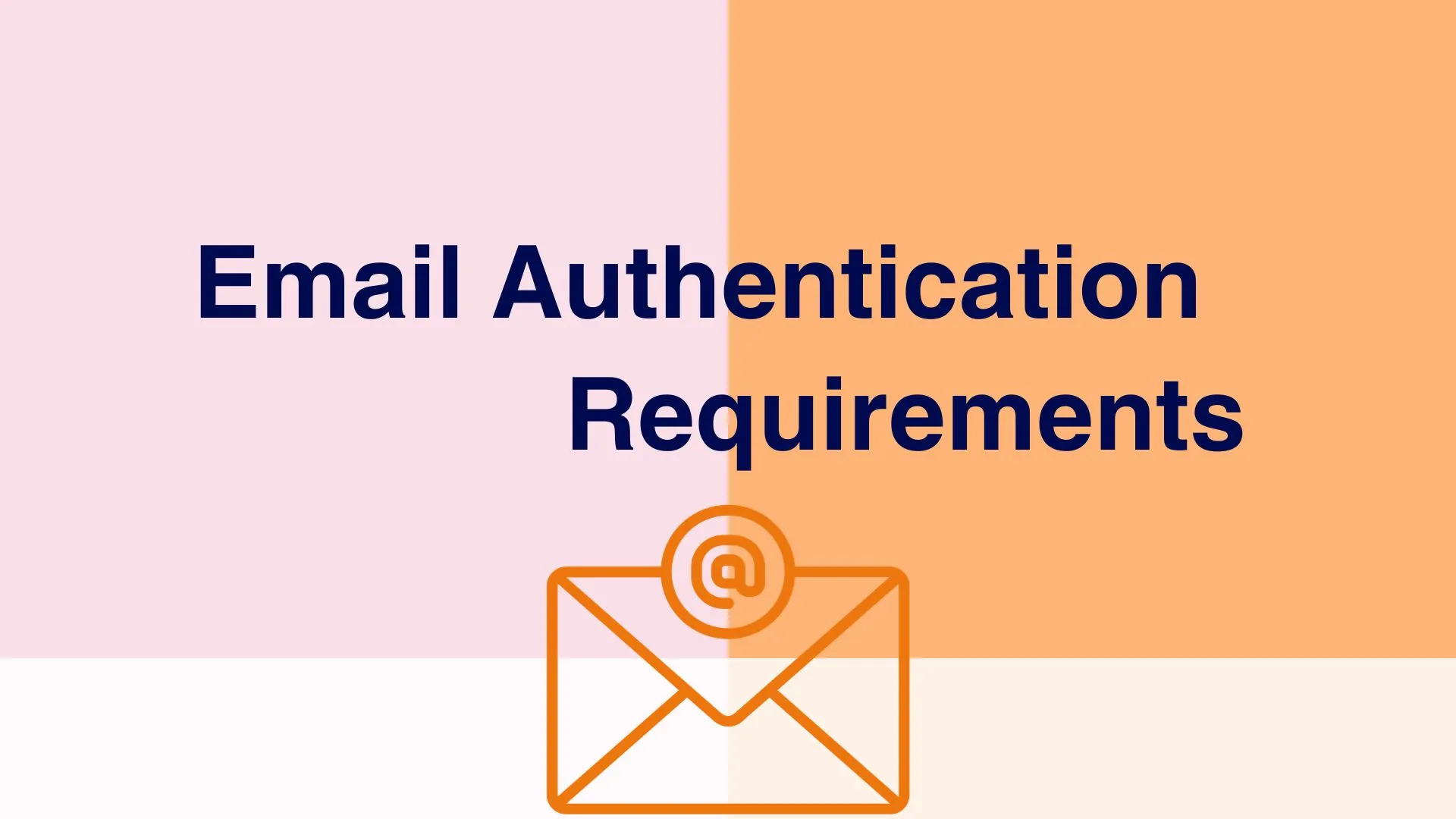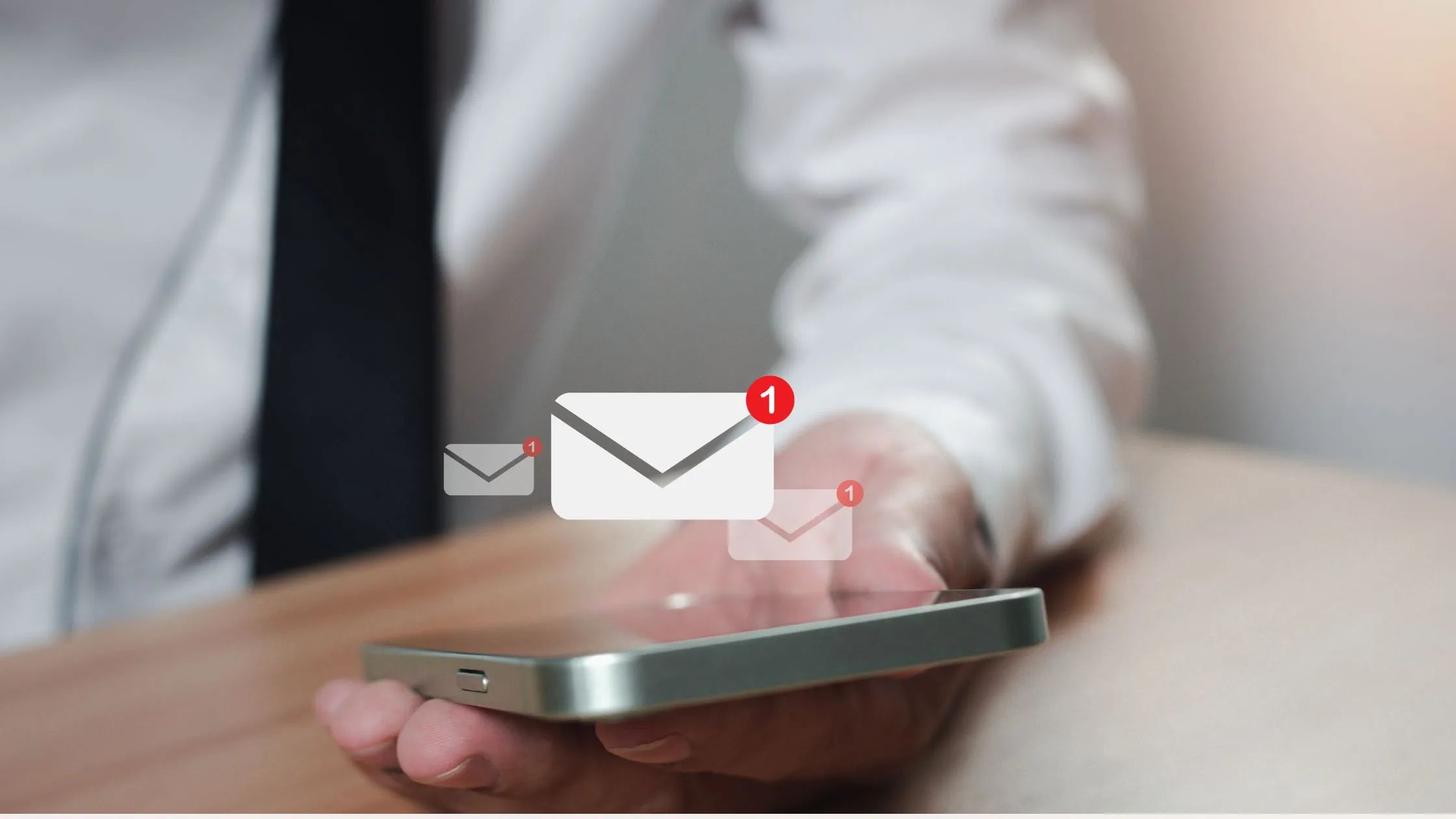New Email Authentication Rules for Sending Bulk Emails to Gmail users
Starting in February 2024, bulk email senders (5,000+ emails daily to Gmail or Yahoo) must follow new email authentication rules like using TLS, setting up SPF, DKIM, or DMARC, maintaining a low spam rate, formatting emails correctly, using ARC for forwarded emails, and offering one-click unsubscribe links. These measures aim to improve email security and deliverability, with tools like Google Admin Toolbox and Postmaster Tools available to check compliance.

Starting February 2024, if you send bulk emails (5,000 or more) to people who use Gmail or Yahoo, you will be required to implement the new email authentication rules for your emails to stand a chance of landing in the recipient’s primary inbox. These rules are meant to enhance email security and reduce spam messages.
Email Authentication Requirements
Below is a list of email authentication requirements that bulk senders must adhere to
1. Use TLS
When you send emails, make sure they come from a secure domain that uses TLS (https). TLS encrypts data while it moves from one server to another, preventing unauthorized access.
2. Set up SPF, DKIM, or DMARC
These are email authentication technologies that are used by email providers like Outlook, Gmail, Yahoo, Proton Mail, etc to check whether emails are coming from the right sender. If your email doesn’t pass these checks, it might end up in the spam folder or get rejected.
You can learn how to set up SPF, DKIM, or DMARC on hosting platforms and email providers like Mailchimp, Namecheap, Dynadot, GoDaddy, Porkbun, Microsoft 365, Cloudflare, Google Workspace Email, SendGrid, Amazon SES, Bluehost, IONOS, Gandi, and Hetzner.
3. Keep your spam rate low
Your spam rate should be less than 0.19%. If it goes above 0.30%, it can harm your reputation, and your emails might not get delivered. You can use tools like Google Postmaster to check your email spam rate.
4. Format your emails correctly
Your emails should have a sender’s email and name, a reply-to email, a subject, and a message. It’s best to use simple characters (US-ASCII characters) in your email addresses as some special characters (non-US-ASCII characters like Cyrillic, mandarin, Greek, Arabic, Hebrew, etc) might not work well with all email providers. Some email providers will reject email addresses with non-ASCII characters.
5. Set up Email Forwarding ARC
If you regularly forward emails, use Authenticated Received Chain (ARC) to maintain the authenticity of the original sender. Gmail won’t consider forwarded emails authentic if you don’t set up ARC. Learn how ARC works.
6. Using Shared Hosting or IP addresses
If you share an IP address with others for sending emails and someone on that address gets a bad reputation, it can affect your email deliverability too. Use Postmaster tools to check for your IP address’s reputation. Alternatively, consider using a dedicated IP address or migrate to a VPS hosting, which offers free dedicated IP.
7. Email List Opt-in and Opt-out
You are required to collect emails organically (through email list subscription forms) or indicate to your users that you will be sending them marketing emails when they give you their email addresses. Gmail also requires that you make it easy for users to unsubscribe from your marketing emails if they want to with a one-click, unsubscribe link.
Email Authentication Checking tools
Use the following Google tools to check for email authentication;
- Google Admin Toolbox: Used for checking whether SPF, DKIM, or DMARC are set up
- Postmaster Tools: Used for checking your email spam rate, IP reputation, domain reputation, Encryption, etc.
Information: Bulk email sender means someone who sends 5000 or more emails per day to Gmail or Yahoo personal emails.
Read more about the requirements published on Gmail help blog and Yahoo’s blog.


